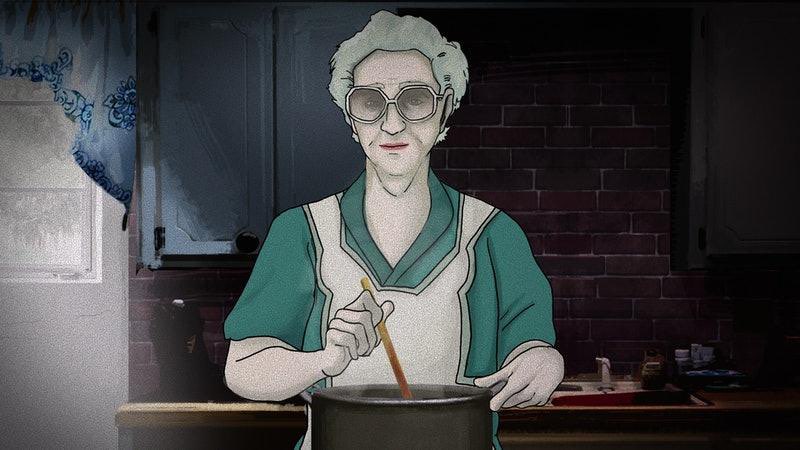by Kaitlin Lyle
“Murder’s never perfect; always comes apart sooner or later, and when two people are involved it’s usually sooner,” said Barton Keyes in the 1944 award-winning noir film “Double Indemnity”.
“Double Indemnity” director, Billy Wilder, guides his audience in unveiling a murder mystery centered on the life and lies of an insurance salesman. The cinematic crossing begins as a memorandum narrating the story of protagonist Walter Neff played by Fred MacMurray, who has killed “for money and for a woman” and received neither.
Upon Walter’s first visit to the Dietrichson household, he arrives with the intention of discussing auto insurance only to fall for Dietrichson’s irresistible wife, Phyllis, who is played to sinister perfection by Barbara Stanwyck.
In her flirtations with Walter, Phyllis begins to take interest in the company’s policy for accident insurance, particularly with the double indemnity clause: in the case of her husband’s death, she will receive his money doubled under the policy.
Phyllis then seduces Walter into helping her concoct a murder, and Walter’s admiration mixed with the thrill of fooling his beloved insurance system overthrows his morality. With meticulous craft, having calculated all possibilities “straight down the line,” the couple succeeds in carrying out the murder and awaits their seemingly controlled fate: Phyllis to receive her money and Walter to be with her.
As the aftermath of the murder pans out, Walter’s world revolves underneath the stifling suspicion of analytical claims manager, Barton Keyes. He begins to realize that the woman he loves is not who she appears to be. In keeping face under surveillance, Walter then becomes acquainted with the haunting realization that, once a duo commits a crime, they remain stuck together until the end of the line, with “the last stop at the cemetery”.
One key characteristic that demonstrates cinematic excellence is a film’s ability to enrapture its audience with its story and to tease out emotions once the viewer begins to follow the plot. “Double Indemnity,” in all of its plot twists and shady passages, manages to achieve this characteristic: a flawless accomplishment within a story of flawed characters. The cast in its entirety thrive in their roles as though they have each clue to the mystery at their fingertips. Each of the story’s scenarios succeeds in carefully coaxing out human reactions and emotions from the audience. A chill runs down one’s spine as we witness Dietrichson unknowingly sign away his life with Walter and Phyllis watching overhead; a sharp inhale is taken throughout each step of the crime; and an impending dread settles in our chests whenever Keyes draws closer to the truth. Though Walter was the one to enact the “perfect crime,” the human side of us exhales painfully as he later finds himself to be a marionette under the false pretense of love.
Following every seam that keeps the game afoot, “Double Indemnity” has gone beyond the call of the film noir genre to earn its place in the American Film Institutes’ Top 100. The film is enhanced with memorably sharp dialogue, ominous compositions and an overwhelming inscrutability that sends a cloud over this murderous anti-love story.
Categories:
Netflix It: Double Indemity
January 4, 2015
0
More to Discover









